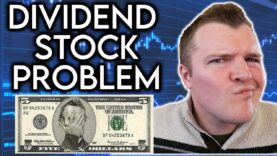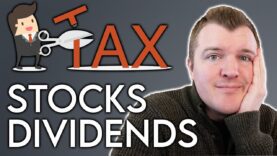How the Rich Pay NO TAXES w/ Long Term Capital Gains Tax Rates
Video Summary
The current tax system in the United States can be complex, especially when it comes to capital gains taxes. Jake explains that individuals with a high net worth can potentially avoid paying taxes on their investments by utilizing the long-term capital gains tax rate. This rate is applied to investments held for a year or more, and it can have a significant impact on one’s taxes.
Jake provides an example of a hypothetical individual who inherits a large sum of money from their parents and decides to live off the dividends from their investments. They argue that in this scenario, the individual would not have to pay any taxes on their investment-generated income, as it would be considered “unearned” income. Jake uses a calculation to determine that this individual would need to have approximately $1.5 million in Coca-Cola stock to achieve this outcome.
Jake also explores the concept of “escape velocity,” which refers to the point at which an individual can stop working a traditional job and live off their investments. This concept is illustrated through the example of a married couple who have a combined annual income of $130,000. Jake notes that this couple is essentially on the same income level as a retired couple living off their investments, yet the working couple pays a significant amount in federal income taxes, while the retired couple pays none.
Jake concludes that the current tax system may inadvertently create a disincentive for individuals to work, as those who have a high net worth can potentially avoid paying taxes on their investments. They suggest that this may lead to a scenario in which individuals can “escape” their jobs and live off their investments, never having to pay taxes again. Ultimately, the speaker leaves the audience with a sense of wonder and frustration, questioning the current tax system and its implications for individual investing and economic growth.






























